Welcome to the exciting world of pickleball, where strategy and skill combine to create a fast-paced and addictive game. As you delve into the depths of this popular sport, you may come across a term that piques your curiosity: the double hit. Ah, the double hit – a phenomenon that can leave players both perplexed and intrigued. But fear not, dear reader, for in this article, we will dive headfirst into the world of double hits in pickleball, unraveling its mysteries, debunking misconceptions, and providing you with the knowledge you need to master this unique aspect of the game. So, grab your paddle and explore the intriguing question: Can you double hit in pickleball?
6 Rules of Pickleball
Rule 1: No volleying in “the kitchen”
The kitchen, also known as the “non-volley zone,” is a seven-foot area on each side of the net. This rule was established to prevent players from getting too close to the net and overpowering their opponents with quick volleys. In pickleball, you are not allowed to hit a volley (hitting the ball before it bounces) while standing in the kitchen.
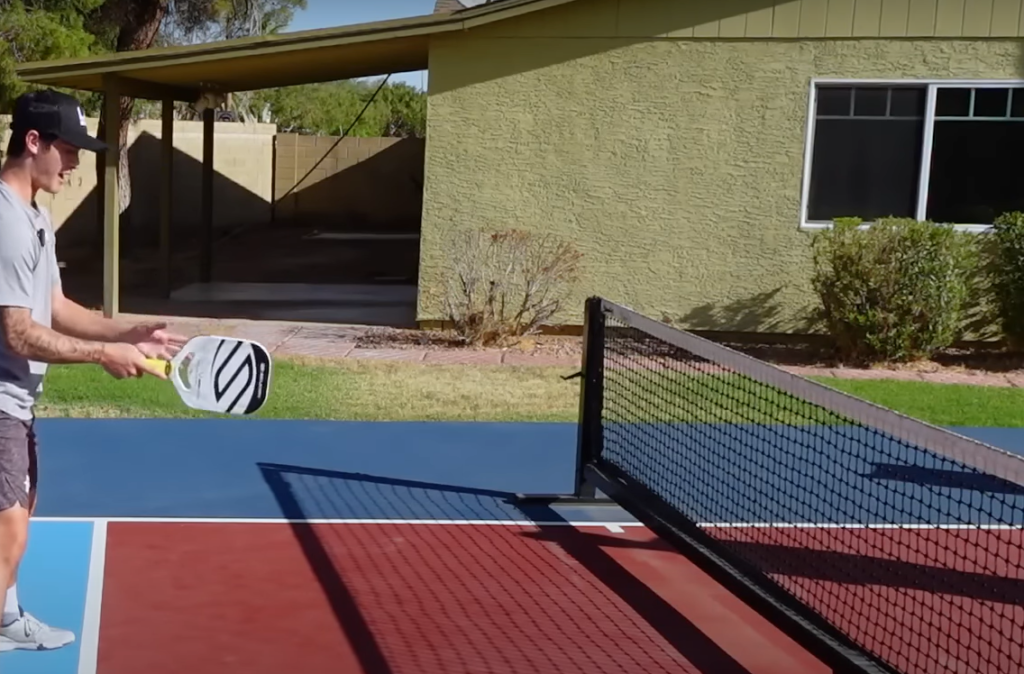
This rule encourages players to use their strategic thinking and to focus on good shot placement rather than relying on power shots.
Rule 2: There must be one bounce per side
In the sport of pickleball, a unique rule governs the process of serving and volleying. When serving, the team initiating the play must allow the ball to bounce once before striking it over the net. Once the receiving team successfully returns the serve, both teams must then let the ball bounce twice before they are permitted to hit a volley. This intriguing rule aims to prolong rallies, promoting longer and more engaging exchanges, while also preventing players from solely relying on powerful serves and volleys to dominate the game. By adding this dynamic element, pickleball ensures that skill, strategy, and finesse play crucial roles in achieving success on the court.
Rule 3: You must serve at the baseline
In pickleball, one of the fundamental rules is that the serve must be executed from behind the baseline. This rule is in place to provide players with ample space to perform a proper serve, allowing them to generate power and accuracy. By restricting players from getting too close to the net during their service motion, it ensures a fair and consistent gameplay experience. This rule also encourages strategic positioning and allows for a more dynamic and engaging game.
Rule 4: Serves cannot land in the non-volley zone
During a serve in a game of pickleball, a player must execute the shot with precision. The ball needs to land precisely in the opposite diagonal court, strategically avoiding the “kitchen” area near the net. Violating this rule, known as a fault, leads to the opposing team being awarded the serve. This principle of precise serving not only ensures fair play but also adds an element of strategic gameplay, as players aim to gain an advantage by placing the ball in the most advantageous position on the court.
Rule 5: The game ends at 11, 15, or 21 points
Pickleball is typically played to 11 points, but some players may agree to play up to 15 or 21 points. The team that wins the game must have a two-point advantage over their opponents. This rule ensures that the game can end in an exciting and competitive manner, with both teams having an equal chance of winning until the very end.
Rule 6: The double bounce rule
After the serve has been made and both teams have hit their first shot, each team must let the ball bounce once before they are allowed to hit a volley. This rule prevents players from dominating the game with quick volleys and encourages longer rallies, making the game more enjoyable for all players [1].
Definition of a Double-Hit in Pickleball
In pickleball, a double-hit is defined as when the player hits the ball twice consecutively during a single stroke. This can occur in both forehand and backhand shots.
Common Causes of a Double-Hit
There are several common causes for a double-hit in pickleball:
- Poor timing: Many players, especially those new to the game, often find themselves grappling with the challenge of accurately timing their shots. It’s not uncommon for them to unintentionally hit the ball twice in rapid succession, resulting in a loss of control and potentially compromising their performance on the court. This timing dilemma is a common hurdle that players must overcome through practice and honing their skills.
- Lack of control: Without proper control and technique, it is easy for a player to accidentally hit the ball twice, especially when the ball is moving at a high speed or the player is under pressure. This can result in a penalty or loss of a point, highlighting the importance of mastering the skills required to maintain a clean and fair game.
- Overreaching: When reaching for a difficult shot, it is quite common for players to unintentionally make contact with the ball more than once. This happens as a result of the inherent challenge in maintaining precise control and finesse during such demanding shots.
- Reflexes: In certain situations, when a fast-moving ball is involved, a double-hit can occur as a reflexive reaction. This is particularly common among inexperienced players or those with limited hand-eye coordination. The quick and unexpected nature of the ball’s trajectory can catch them off guard, leading to unintentional multiple contacts with the ball in quick succession.
How to Avoid Double-Hits
To avoid double-hits in pickleball, it is important for players to focus on their timing and technique.
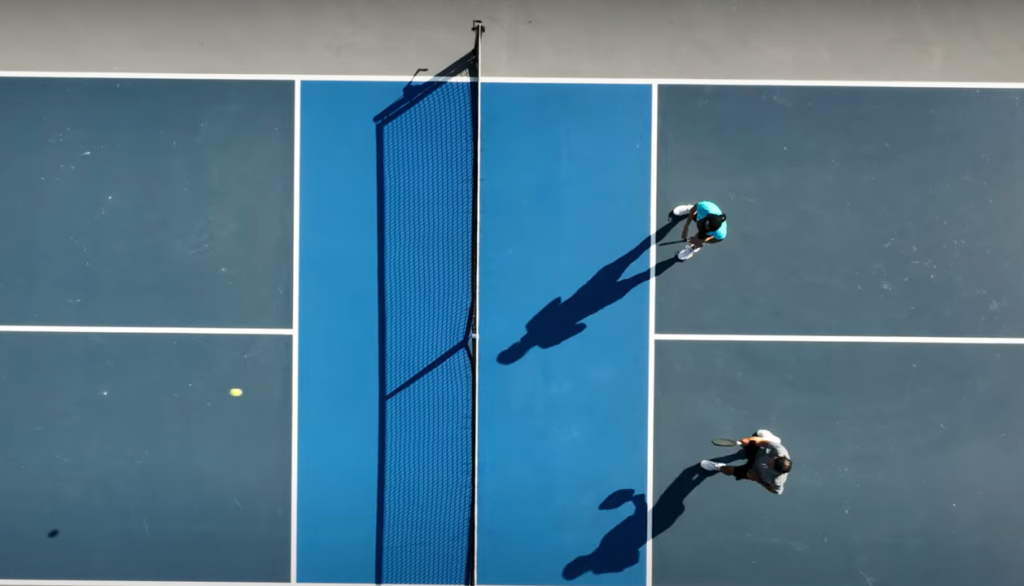
Here are some tips to help prevent double-hits:
- Practice proper stroke technique: To ensure effective shot execution in paddle sports, it is crucial to maintain a loose grip on the paddle throughout the stroke. By doing so, you allow for better control and avoid inadvertently hitting the ball multiple times. Additionally, remember to follow through with your shot, extending your arm and paddle forward, which helps optimize power and accuracy. This combination of a loose grip and a proper follow-through technique will enhance your game and minimize any unintentional contact with the ball.
- Work on timing: To improve your game, it’s crucial to practice hitting the ball at the optimal point in its trajectory. By doing so, you not only enhance your precision and control, but also reduce the likelihood of accidental double-hits. This focused practice will significantly contribute to your overall performance on the court. So grab your racket, find that sweet spot, and let the game begin!
- Improve hand-eye coordination: By regularly engaging in various drills and exercises specifically designed to enhance hand-eye coordination, players can effectively develop superior reflexes and gain precise control over their shots. These specialized training techniques involve a combination of targeted movements, visual tracking, and quick reaction exercises, all geared towards improving the synchronization between the eyes and hands. With consistent practice and dedication, athletes can significantly enhance their overall performance and elevate their gameplay to new heights.
- Keep calm under pressure: In high-pressure situations, such as intense competitions or critical moments, it is crucial to maintain a calm and composed state of mind. By staying calm, athletes can effectively manage their emotions and make well-thought-out decisions. Additionally, maintaining focus allows them to execute precise and controlled shots, minimizing the chances of making rushed or uncontrolled moves that could potentially lead to a double-hit or other undesirable outcomes.
Consequences of a Double-Hit
In the sport of pickleball, a double-hit occurs when a player strikes the ball twice consecutively without it bouncing off the paddle or hitting the ground. This action is considered a fault and results in the loss of the point. It can be a frustrating experience for the player committing the double-hit, as it not only leads to the loss of the point but also disrupts their momentum. Furthermore, repeated instances of double-hits can diminish the player’s confidence and have a detrimental impact on their overall performance on the court. It is crucial for pickleball players to focus on proper technique and timing to avoid double-hits and maintain a consistent and effective gameplay.
What you need to know about Double Hit in Pickleball
What are the Rules Regarding Double Hits in Pickleball?
There are certain rules and guidelines that must be followed when playing pickleball in order to avoid double hits. However, one aspect of the game that can often cause confusion is a double hit. A double hit can occur when the ball touches your paddle more than once before being returned to the other side of the court.
According to the official rules of pickleball, a double hit is considered legal if it occurs during a volley (i.e. when the ball is hit back and forth between players without bouncing). However, if the double hit occurs after a bounce or on a serve, it is considered illegal and will result in a point for the opposing team. It is important to note that while a double hit during a volley may be legal, it is still not considered good sportsmanship and should be avoided whenever possible.
Why is a Double Hit Considered Illegal?
A double hit in pickleball is considered illegal because it goes against the fundamental principles of the game. This rule ensures fair play by preventing players from gaining an unfair advantage through the ability to execute two hits instead of one.
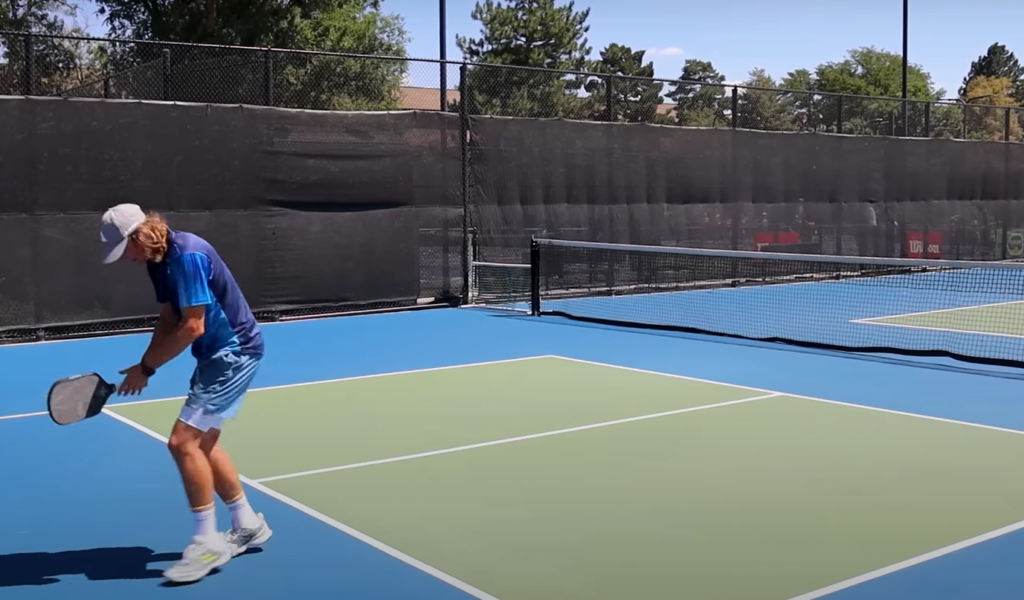
By upholding this regulation, the integrity and competitive spirit of pickleball are preserved, allowing players to fully enjoy the game.
What is the Penalty for an Illegal Double-hit?
As mentioned earlier, an illegal double hit during a serve or after a bounce will result in the opposing team being awarded a point. However, if the double hit occurs during a volley, it is considered legal and no penalty will be given. In some cases, a player may unintentionally make a double hit due to reflexes or misjudgment of the ball’s trajectory. This can happen when the ball unexpectedly changes direction or when a player tries to save a difficult shot.
In these situations, it is up to the discretion of the players and the referee to determine if a penalty is necessary, taking into account the player’s intent and the impact it had on the game. It is important for players to communicate and clarify any doubts regarding double hits to ensure fair play and maintain the integrity of the game.
How Can You Avoid Double Hits in Pickleball?
To avoid double hits in pickleball, players should focus on proper technique and footwork. It is important to keep your paddle in front of you at all times while playing and try to anticipate the ball’s movement. Practicing with a partner or taking lessons from experienced players can also help improve your reflexes and control over the ball.
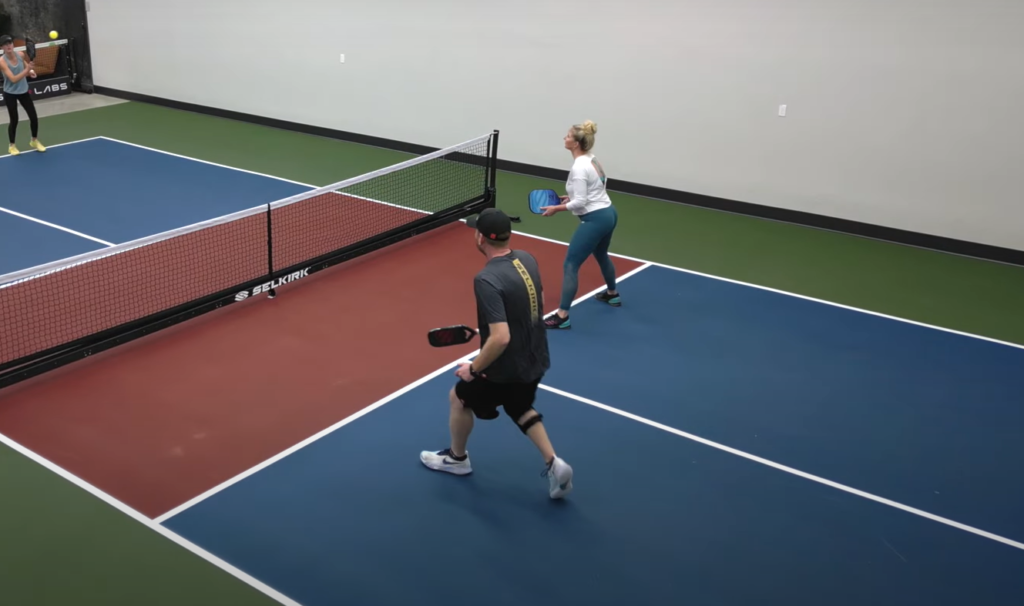
Another way to avoid double hits is by playing with a paddle that is suitable for your skill level. Advanced players may opt for a paddle with a larger sweet spot, making it easier to control the ball and reduce the risk of double hits. It is important to choose a paddle that feels comfortable in your hand and allows you to make accurate shots [2].
FAQ
What is a double-hit in pickleball?
A double-hit in pickleball is when a player hits the ball twice before it goes over the net. This can happen unintentionally, such as accidentally hitting the ball with both the paddle and hand simultaneously or letting the ball bounce off one’s body and then hitting it again. It can also occur intentionally, known as a ‘dink’ shot, where players lightly tap the ball twice to control its direction and speed.
What are the rules for a double-hit in pickleball?
According to the official rules of pickleball, a double-hit is considered a fault and results in the other team winning the point. This means that if a player hits the ball twice before it goes over the net, they lose the rally. However, if the double-hit is unintentional or caused by a player’s body/hand, it is up to the discretion of the referee to determine if a fault has occurred.
What is the result of a double-hit in pickleball?
The result of a double-hit in pickleball depends on the specific situation. If the double-hit is unintentional or caused by a player’s body/hand, it may not result in a fault and the rally will continue. However, if the double-hit is intentional or deemed to be a fault by the referee, it will result in the other team winning the point.
Can you have a double hit in pickleball?
Yes, it is indeed possible to have a double-hit in pickleball. A double-hit occurs when the ball comes in contact with the paddle twice in quick succession. This can happen unintentionally, such as when the ball hits the edge of the paddle and bounces back on it, or intentionally, as some players may attempt to strategically manipulate the ball’s trajectory. However, it is generally considered good sportsmanship to strive to avoid double-hits and focus on making clean shots with the paddle, ensuring a fair and enjoyable game for all. By maintaining proper technique and control, players can enhance their gameplay and minimize the occurrence of double-hits.
Are there any strategies for avoiding double-hits in pickleball?
One strategy for avoiding double-hits in pickleball is to practice proper technique and control over the paddle. This includes keeping a relaxed grip on the paddle, using a fluid arm motion, and maintaining good hand-eye coordination. Additionally, being aware of one’s body positioning and avoiding sudden movements can also help prevent unintentional double-hits.
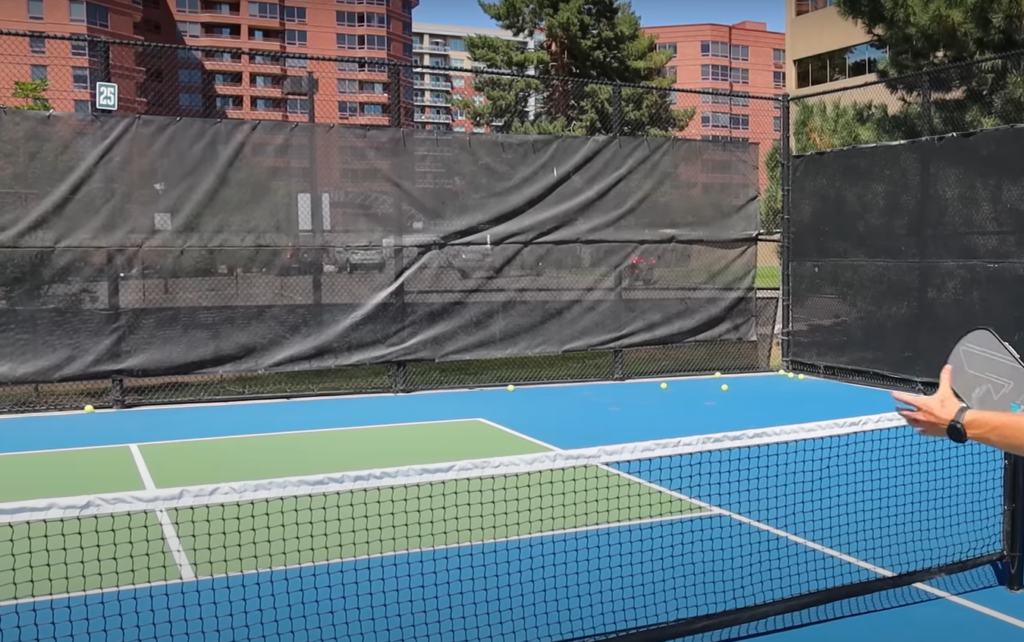
Another strategy is to communicate with your partner during rallies to avoid crossing each other’s paths or attempting risky shots that may result in double-hits. With practice and communication, players can develop a strong understanding of each other’s gameplay and prevent unnecessary faults during matches. Overall, the key to avoiding double-hits is to focus on making clean shots with the paddle and maintaining good sportsmanship on the court.
Can you serve twice in pickleball?
Yes, it is possible to serve twice in pickleball. In a pickleball match, each team has the opportunity to serve once before the ball goes over to the other team. However, if a fault occurs on the first serve (i.e., the ball does not land in the correct serving area), then the serving team gets a second chance to serve. This is known as the “second serve.” If a fault occurs on both serves, then the other team wins the point. It is important to note that in recreational games or non-official matches, players may choose to only have one serve to speed up gameplay and make it more beginner-friendly.
Can you double hit a ball in tennis?
Yes, a double-hit is possible in tennis as well.
This can happen unintentionally, such as when a player’s racket accidentally makes two contacts with the ball due to an awkward swing, or intentionally, known as a ‘double-tap’ shot, where players strategically tap the ball twice to change its direction or spin. However, in professional tennis matches, a double-hit is considered a fault and results in the other player winning the point. So while double-hits may be more common in pickleball due to the smaller court size and different paddle techniques, they can also occur in tennis and have similar consequences.Useful Video:CONTROVERSY: Double hit or no double hit… Coach David & Hat Guy vs Pokey & TeeMo
Conclusion Paragraph
So, double hit in pickleball is an important skill that can be mastered by a player. It not only allows for more control and precision in shots, but also adds to the overall strategy of the game. As mentioned earlier, it is crucial to practice this skill regularly in order to develop proper timing and consistency. Players can start by focusing on their hand-eye coordination and gradually progress to incorporating proper footwork and body mechanics. With dedication and practice, players can improve their double hit in pickleball and take their game to the next level.
References:
- https://usapickleball.org/what-is-pickleball/official-rules/rules-summary/
- https://www.paddle2racket.com/post/can-you-hit-the-ball-twice-in-pickleball

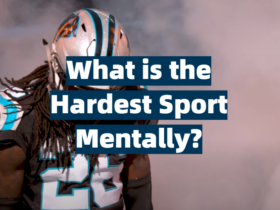
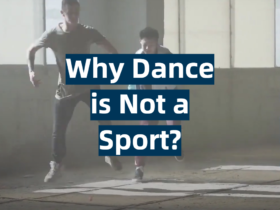
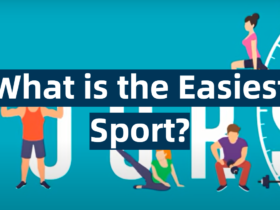
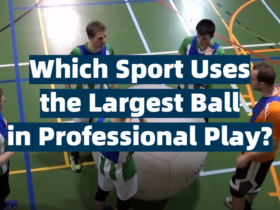
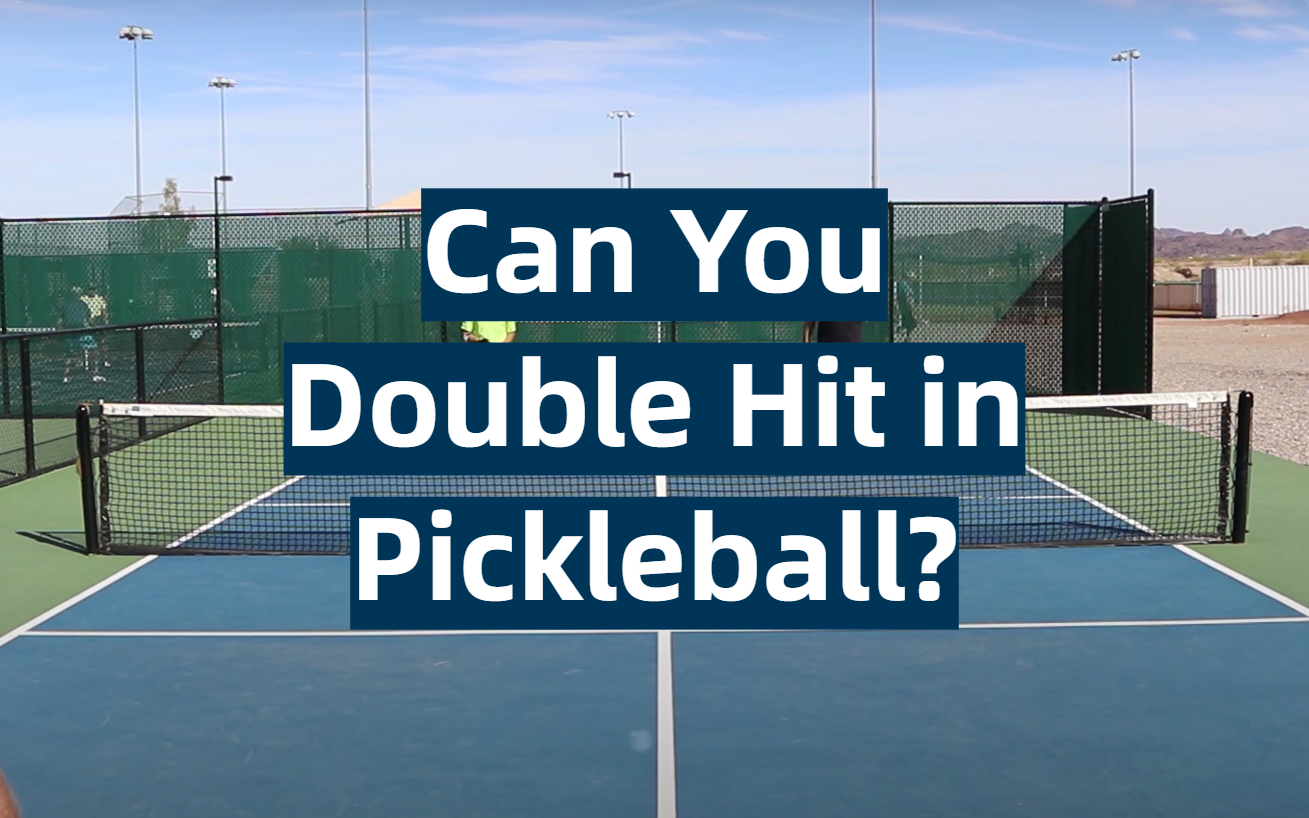
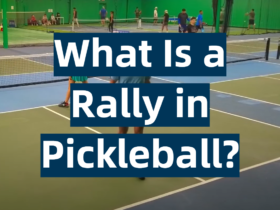
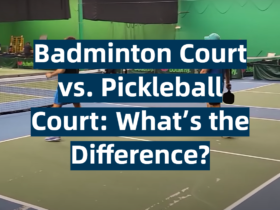
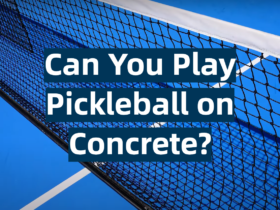
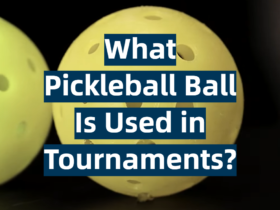
Leave a Review